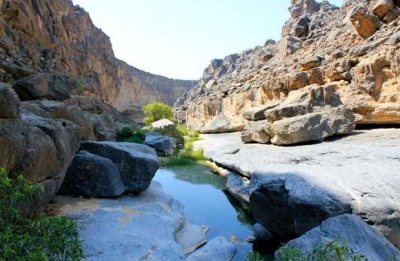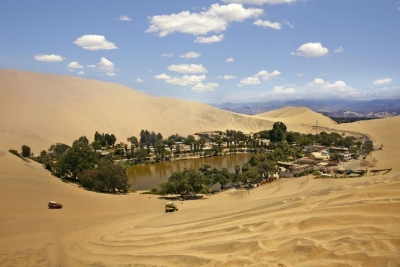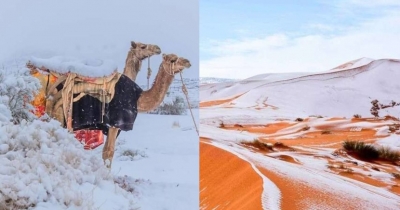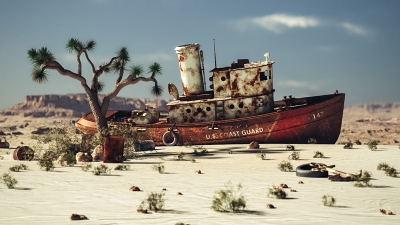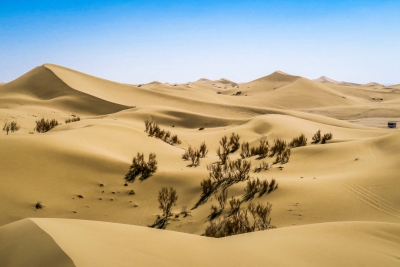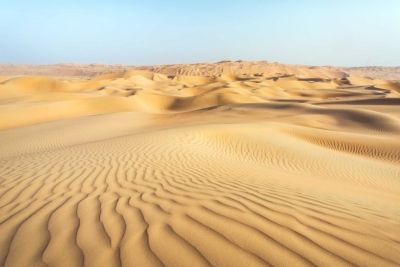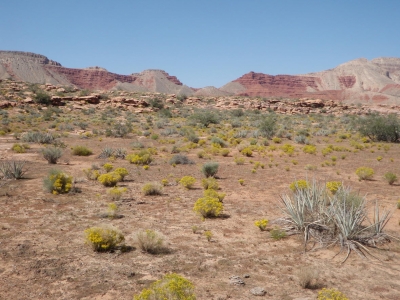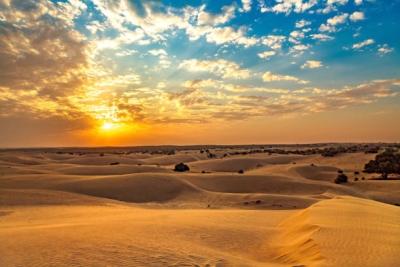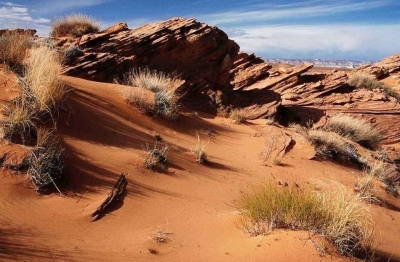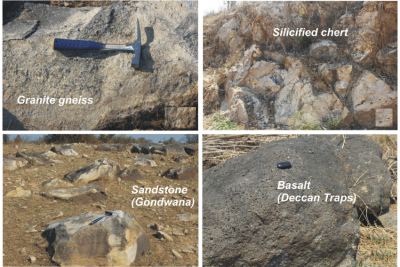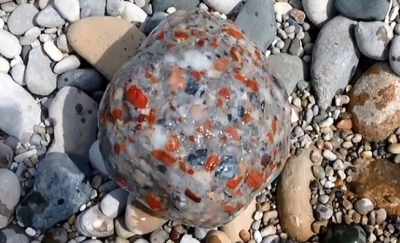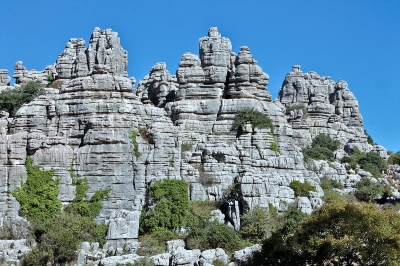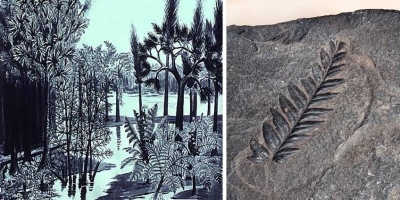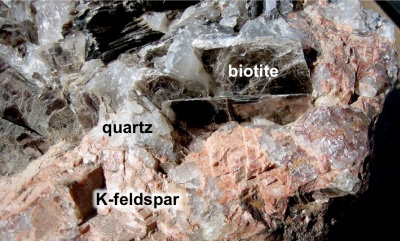HOW MUCH OF THE WORLD IS COVERED BY DESERTS?
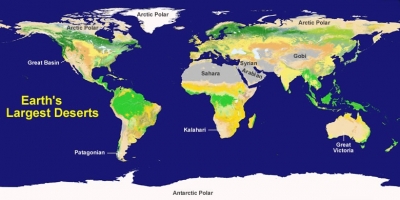
Seen from space, the majority of the Earth’s surface is covered by oceans – that makes up 71% of the surface of the Earth, with the remaining 29% for land. But what percentage of the Earth’s land surface is desert? Deserts actually make up 33%, or 1/3rd of the land’s surface area.
That might sound like a surprisingly large amount, but that’s based on the official definition of a desert. Deserts are any region on Earth that can have a moisture deficit over the course of a year. In other words, they can have less rainfall in a year than they give up through evaporation.
You would think that deserts are hot, but there are cold deserts too. In fact, the largest cold desert in the world is the continent of Antarctica. There are barren rock fields in Antarctica that never receive snow, even though they’re incredibly cold. The largest hot desert is the Sahara desert, in northern Africa, covering 9 million square kilometers.
Credit: UNIVERSE TODAY
Picture Credit : Google
